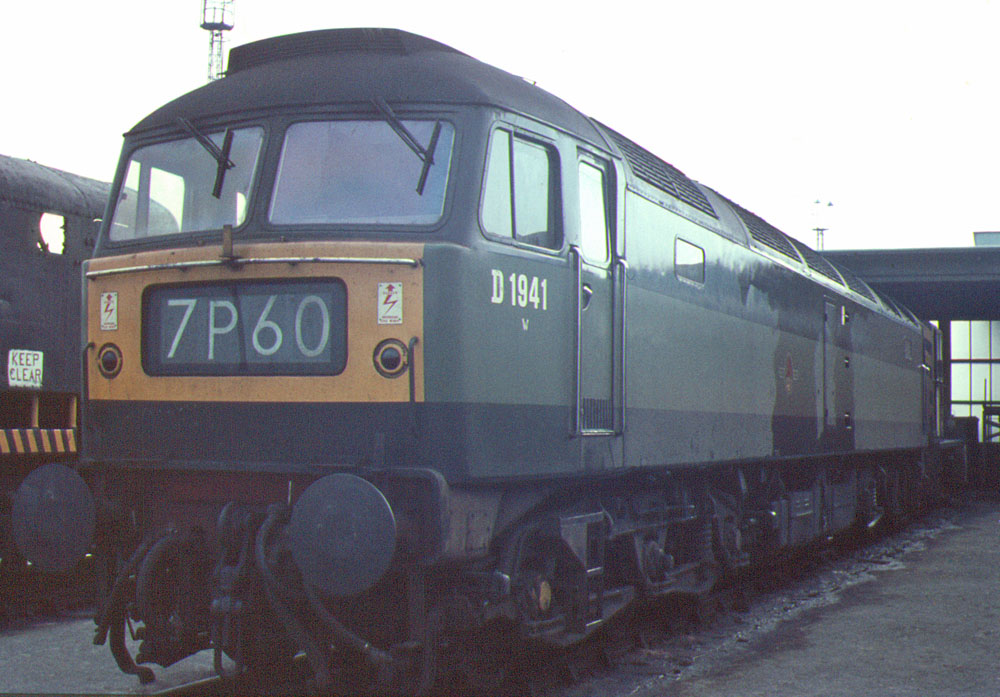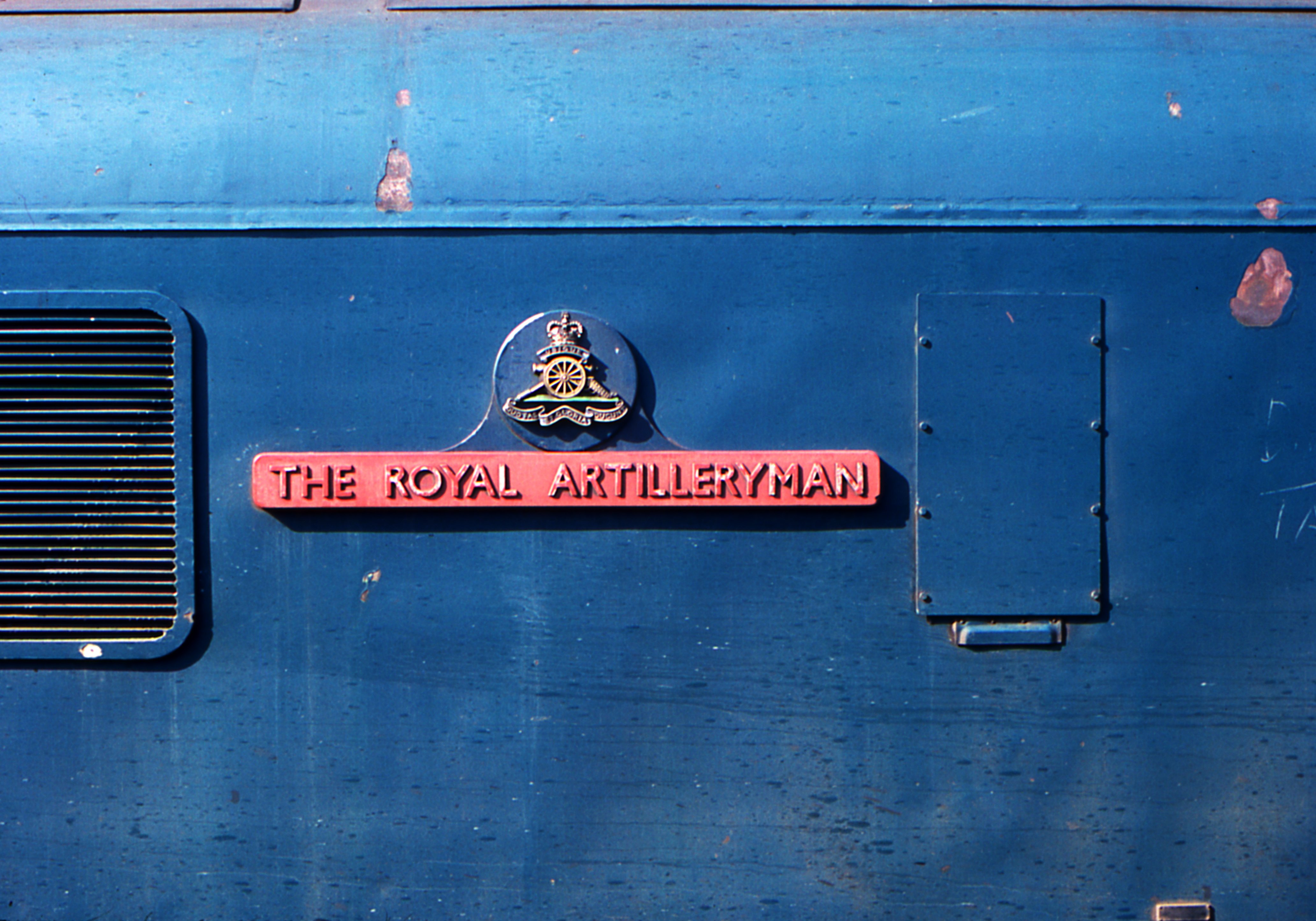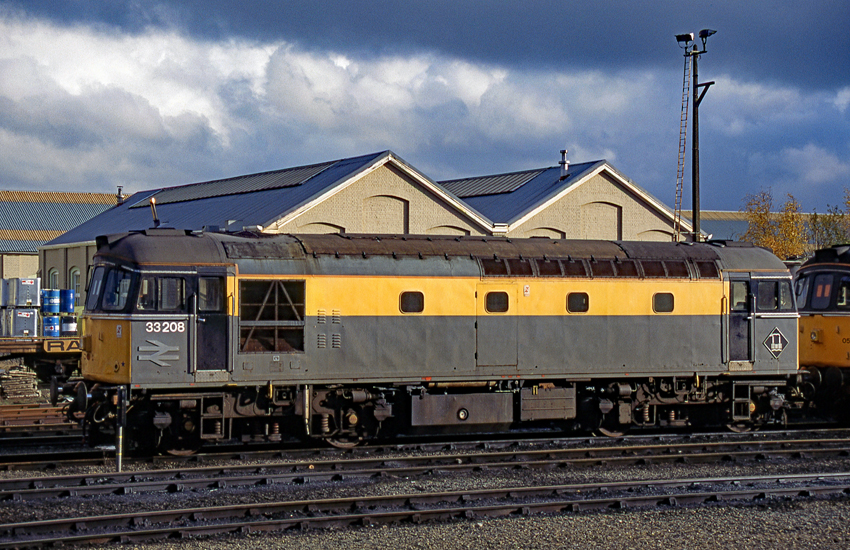|
History Of Sulzer Diesel Engines
This article covers the History of Sulzer diesel engines from 1898 to 1997. Sulzer Brothers foundry was established in Winterthur, Switzerland, in 1834 by Johann Jakob Sulzer-Neuffert and his two sons, Johann Jakob and Salomon. Products included cast iron, firefighting pumps and textile machinery. Rudolf Diesel was educated in Augsburg and Munich and his works training was with Sulzer, and his later co-operation with Sulzer led to the construction of the first Sulzer diesel engine in 1898. In 2015, the Sulzer company lives on but it no longer manufactures diesel engines, having sold the diesel engine business to Wärtsilä in 1997. Overview Sulzer built diesel engines for stationary, road, rail and marine use. The engine types usually comprise a number, then some letters, then another number. For example, 6LDA28 indicates a six-cylinder engine in the "LDA" series with a 28 cm cylinder bore. Road In 1937, Sulzer introduced an opposed piston two-stroke diesel engine for road ... [...More Info...] [...Related Items...] OR: [Wikipedia] [Google] [Baidu] |
British Rail Class 26
The British Rail Class 26 diesel locomotives, also known as the BRCW Type 2, were built by the Birmingham Railway Carriage and Wagon Company (BRCW) at Smethwick in 1958-59. Forty seven examples were built, and the last were withdrawn from service in 1994. Like their higher-powered sisters, the BRCW Classes 27 and 33, they had all-steel bodies and cab ends with fibreglass cab roofs. They were numbered D5300-D5346. Origins The BR Modernisation Plan contained a large requirement for small diesel locomotives in the - range and under BR's 'Pilot Scheme', small batches of locomotives were ordered from numerous different manufacturers for evaluation. BRCW obtained an order for 20 mixed traffic diesel-electric locomotives powered by Sulzer 6LDA28 engines. The Birmingham Railway Carriage and Wagon Company was a rolling stock manufacturer, although they were building diesel multiple units for BR. The first standalone locomotives made by the company were produced in 1956-57 BRCW: ... [...More Info...] [...Related Items...] OR: [Wikipedia] [Google] [Baidu] |
Russian Locomotive Class E El-8
Class E el-8 (Cyrillic script: Ээл8) was a Soviet diesel-electric locomotive A diesel locomotive is a type of railway locomotive in which the prime mover is a diesel engine. Several types of diesel locomotives have been developed, differing mainly in the means by which mechanical power is conveyed to the driving wheels ... built by Krupp in 1933 with engines by Sulzer and electrical equipment by Secheron. Powertrain There were two Sulzer 8LV31 straight-eight engines placed side by side with a gangway between them. This arrangement had been patented by Eugen Zbinden and Sulzer, patent US1632209 of 1927. Each engine delivered 750 hp (continuous rating) making a total of 1,500 hp. Electrical equipment was by Secheron of Geneva and total power of the traction motors was 1,200 hp. Service No details of the locomotive in service are available. It is not known to have been preserved. References Railway locomotives introduced in 1933 E el-8 5 ft gauge ... [...More Info...] [...Related Items...] OR: [Wikipedia] [Google] [Baidu] |
British Rail HS4000
HS4000 Kestrel was a prototype high-powered mainline diesel locomotive that was built in 1967 by Brush Traction, Loughborough, as a technology demonstrator for potential future British Rail and export orders. ''therailwaycentre.com'' The locomotive number is a combination of the initials of Hawker Siddeley (the owners of Brush Traction) and the power rating of its Sulzer diesel engine (4,000 hp), making it the most powerful locomotive built by the company. It was of Co-Co wheel arrangement and was fitted with a Sulzer 16LVA24 engine rated at providing a maximum speed of and weighed 133 tonnes. It was painted in a livery of yellow ochre with a broad chocolate-brown band around the lower bodyside separated by a thin white line running around the body. Background and design In the mid 1960s British rail produced specifications for type 5 locomotives weighing less than 126 tonnes with more than of power for both passenger and freight working. [...More Info...] [...Related Items...] OR: [Wikipedia] [Google] [Baidu] |
SNCF Class A1AA1A 68000
The SNCF Class A1AA1A 68000 is a class of diesel-electric locomotives of the SNCF. Originally a class of 80 locomotives, they were built for both passenger and freight service. They were ordered on 7 June 1961, the first entering service on 13 December 1963 at Chalindrey depot. A further 5 were added by refitting members of the similar AGO powered Class A1AA1A 68500 with Sulzer engines, thought to be those formerly used in the BR Class 48 locomotives, D1702–1706. Subsequently, 13 members of the class were rebuilt as Class A1AA1A 68500, 1 in 1963 and 12 in 1993. The last was withdrawn from traffic in 2005, with the exception of 68081 which has been preserved at the Cité du Train. References Further reading * A1A-A1A locomotives A1AA1a 68000 Railway locomotives introduced in 1963 68000 The Motorola 68000 (sometimes shortened to Motorola 68k or m68k and usually pronounced "sixty-eight-thousand") is a 16/32-bit complex instruction set computer (CISC) microproce ... [...More Info...] [...Related Items...] OR: [Wikipedia] [Google] [Baidu] |
British Rail Class 48
__NOTOC__ The British Rail Class 48 was a diesel locomotive class which consisted of five examples, built at Brush Falcon Works in Loughborough and delivered between September 1965 and July 1966.Engineer's notes Derbysulzers.com - Retrieved on 2007-11-25 They were part of the order, but differed from their classmates by being fitted with a Sulzer 12LVA24 power unit producing , as opposed to the standard 12LDA28C [...More Info...] [...Related Items...] OR: [Wikipedia] [Google] [Baidu] |
SNCF Class CC 65500
The SNCF Class CC 65500 diesel locomotives were built by CAFL and CEM between 1955 and 1959. They were used on heavy express railway freight in the Paris area, being commonly seen on the Grande Ceinture lines around Paris, France. Preservation CC 65506 is preserved at Oignies Oignies (; pcd, Ongnies) is a commune in the Pas-de-Calais department in the Hauts-de-France region of France. Geography Oignies is a former coalmining town, nowadays a light industrial town, northeast of Lens, at the junction of the D46 and .... 65500 Co′Co′ locomotives CC 65500 Railway locomotives introduced in 1955 Standard gauge locomotives of France Freight locomotives Co'Co' Diesel Locomotives of Europe {{France-rail-transport-stub ... [...More Info...] [...Related Items...] OR: [Wikipedia] [Google] [Baidu] |
British Rail Class 47
The British Rail Class 47 or Brush Type 4 is a class of diesel-electric locomotive that was developed in the 1960s by Brush Traction. A total of 512 Class 47s were built at Brush's Falcon Works in Loughborough and at British Railways' Crewe Works between 1962 and 1968, which made them the most numerous class of British mainline diesel locomotive. They were fitted with the Sulzer 12LDA28C twin-bank twelve-cylinder unit producing though this was later derated to to improve reliabilityand have been used on both passenger and freight trains on Britain's railways for over 55 years. Despite the introduction of more modern types of traction, a significant number are still in use, both on the mainline and on heritage railways. As of December 2021, 78 locomotives still exist as Class 47s, including 31 which have been preserved. 33 further locomotives were converted to Class 57s between 1998 and 2004. Origins The Class 47 history begins in the early 1960s with the stated aim of ... [...More Info...] [...Related Items...] OR: [Wikipedia] [Google] [Baidu] |
British Rail Class 46
The British Rail Class 46 is a class of diesel locomotive. They were built from 1961 to 1963 at British Railways' Derby Works and were initially numbered D138–D193. With the arrival of TOPS they were renumbered to Class 46. Along with the similar Class 44 and 45 locomotives, they became known as ''Peaks''. Fifty-six locomotives were built. The first was withdrawn in 1977 and all were withdrawn by the end of 1984. Overview The Class 46 design was structurally the same as the preceding Class 45 build, and had the same Sulzer engine, but differed in the fitment of a Brush generator and traction motors, in place of the Crompton Parkinson equipment fitted to the Class 45. Along with the other Sulzer class 44 and 45 designs they are often referred to as "Peaks", so named because the earliest of the Class 44 were named after mountains. The British Transport Commission decided to cancel the final twenty Class 46 locomotives then on order and invited bids for twenty locomotives of ... [...More Info...] [...Related Items...] OR: [Wikipedia] [Google] [Baidu] |
British Rail Class 45
The British Rail Class 45 or Sulzer Type 4 are diesel locomotives built by British Railways' Derby and Crewe Works between 1960 and 1962. Along with the similar Class 44 and 46 locomotives, they became known as ''Peaks''. History The Class 45s became the main traction on the Midland Main Line from 1962, and their introduction allowed considerable acceleration of the previous steam-powered service. The Class 45s remained the main source of power on the Midland Main Line up to 1982, when they were relegated to secondary services following introduction of HSTs on the route. From 1986 Class 45s virtually disappeared from the line. From the early 1980s until their withdrawal c.1988, the class were regular performers on the North Trans-Pennine line working services from Liverpool Lime Street to York, Scarborough or Newcastle via Manchester Victoria, Huddersfield and Leeds. These trains were usually formed of early Mark 2 carriages, of up to seven in a typical train. Naming 26 C ... [...More Info...] [...Related Items...] OR: [Wikipedia] [Google] [Baidu] |
British Rail Class 44
The British Rail Class 44 or Sulzer Type 4 diesel locomotives were built by British Railways' Derby Works between 1959 and 1960, intended for express passenger services. They were originally numbered D1-D10 and named after British mountains, and, along with the similar Class 45 and 46 locomotives, they became known as ''Peaks''. Overview In part inspired by LMS prototypes 10000 and 10001, and by Southern Railway 10201-10203, the Class 44 diesels were some of the first big diesels commissioned for the British Rail modernisation project and were the precursors to the Class 45 and Class 46 locomotives of similar design. They were originally designed to have a Co-Co wheel arrangement, but it proved impossible to keep below the axle loading limit imposed by the British Railways Civil Engineer. A 1-Co bogie design originally used on the Southern Railway 10201 was used instead. Construction began in the summer of 1958, although the first example was not completed until April 1 ... [...More Info...] [...Related Items...] OR: [Wikipedia] [Google] [Baidu] |
British Rail Class 33
The British Rail Class 33, also known as the BRCW Type 3 or Crompton, is a class of Bo-Bo diesel-electric locomotives, ordered in 1957 and built for the Southern Region of British Railways between 1960 and 1962. They were produced as a more powerful Type 3 (1,550 bhp) development of the 1,160 bhp Type 2 Class 26. This was achieved, quite simply, by removing the steam heating boiler and fitting a larger 8 cylinder version of the previous 6 cylinder engine. This was possible because of the traffic requirements of the Southern Region: locomotive-hauled passenger traffic depended on seasonal tourist traffic and was heavier in the summer, when carriage heating was not needed. In the winter, their expected use was to be for freight. Thus, they became the most powerful BR Bo-Bo diesel locomotive. The perennially unreliable steam heating boiler could also be avoided. A total of 98 were built by the Birmingham Railway Carriage and Wagon Company (BRCW) and they were known as ... [...More Info...] [...Related Items...] OR: [Wikipedia] [Google] [Baidu] |

.jpg)


.jpg)

_Station_geograph-2399203-by-Ben-Brooksbank.jpg)
